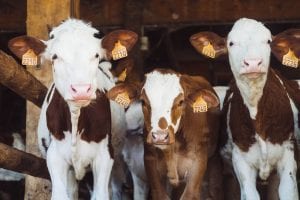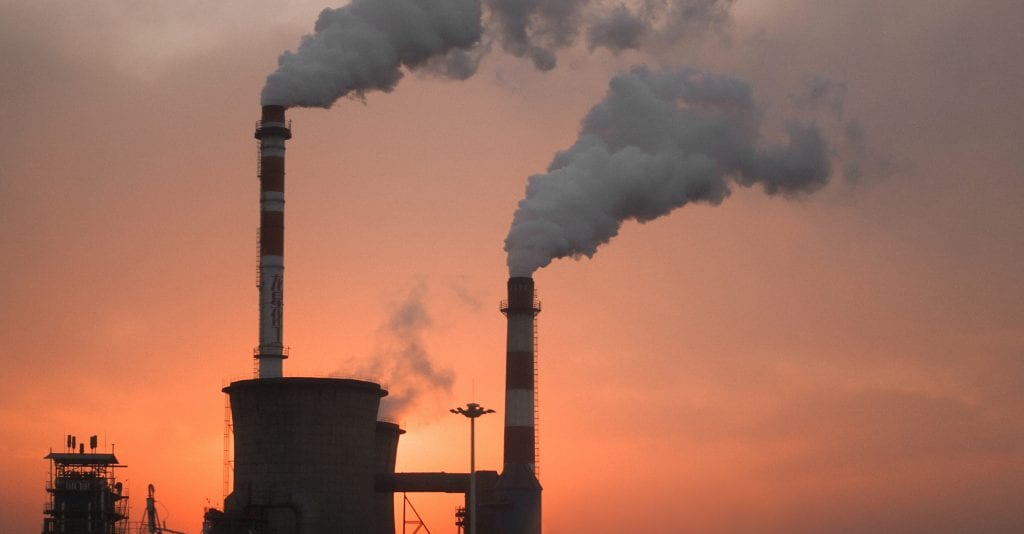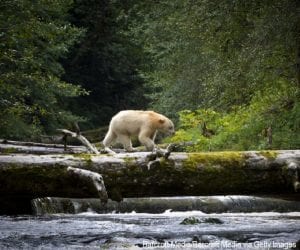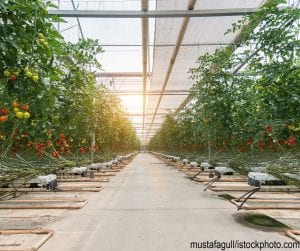One of the greatest challenges facing our growing population is how we will feed 10 billion people. As our global family expands by 30 percent in just a little over 30 years, experts expect we will need to double our food production if we are to accommodate both the growing number of people and their changing diets. At the same time, climate change is beginning to affect every aspect of food production, creating a lot of uncertainty about the world’s ability to meet future food needs.
Hunger
Globally, 1 in 9 individuals are undernourished. In developing countries, geopolitical conflict, severe weather, and inadequate infrastructure for storing and transporting food all lead to hunger and even famine. In developed nations, food deserts (areas where there is little to no access to full-service markets or groceries) threaten the health and nutrition of some communities. Wherever it is found, hunger affects physical and mental health, often limiting the development and prosperity of individuals, communities, and nations.
Food Waste
According to the UN Environment Program, an estimated one-third of all food on the planet produced for humans is wasted. And this waste happens across all levels of the food supply chain. In less developed countries, a lack of adequate storage to keep food fresh is often the culprit. In more developed countries, food waste occurs mostly at the retail level (at times because food doesn’t meet high cosmetic standards) and the consumer level (often because of confusion over food labels and overbuying).

Resource and Energy Use
Water: About 70 percent of freshwater withdrawals are for agriculture. And many areas are close to or past levels of sustainable water use – more water resources are expended than the natural systems can renew.
Land: Unsustainable farming practices cause erosion and exhaust soil nutrients, degrading once productive and fertile lands to the point that they can no longer grow crops.
Energy: Industrial agriculture is increasingly reliant on energy from fossil fuels for equipment, processing, transportation and fertilizer production. Overall, agricultural production accounts for 30% of the world’s energy use.
Deforestation
Agriculture is the main driver of an estimated 46,000-58,000 square miles of forest lost globally each year. Trees are cut down to clear land for planting crops or grazing cattle, and harvested for paper and other products. The demand for a few commodities in particular, like soybeans, palm oil, and beef, spurs a disproportionate amount of this deforestation. Deforestation threatens biodiversity by destroying animal and plant habitats, and also means a loss of eco-services like erosion prevention and carbon sequestration.

Pollution
Agriculture pollutes our environment on the local and the global scale. Crop and livestock production contribute more than one-third of global greenhouse gas emissions through energy use and the methane that livestock emit through their normal digestive processes. Certain agricultural practices, such as the overuse of pesticides and fertilizers, directly pollute the soil and water, as does the runoff from animal waste. Applying pesticides extensively to crops themselves can also devastate key species and biodiversity in ecosystems.
If we hope to feed present and future generations, we must commit ourselves to sustainable agricultural practices. It is not enough to focus on the most efficient and profitable way to grow food today; we must also ensure that ample land will remain for tomorrow’s food supply. At an individual level, eating a wide variety of foods and not depending heavily on animal products uses land more efficiently. And, of course, steps to meet the world’s food needs are made more difficult the larger the human population grows. Stabilizing population size could buy humanity more time to produce enough food for all.
Feeding 10 billion is one of the topics for the 2017-2018 World of 7 Billion student video contest. For more information on population and food issues, check out the contest background resources.
Image credits: Cows at farm by Annie Spratt on Unsplash; Factory pollution by Alexander Tsang on Unsplash




